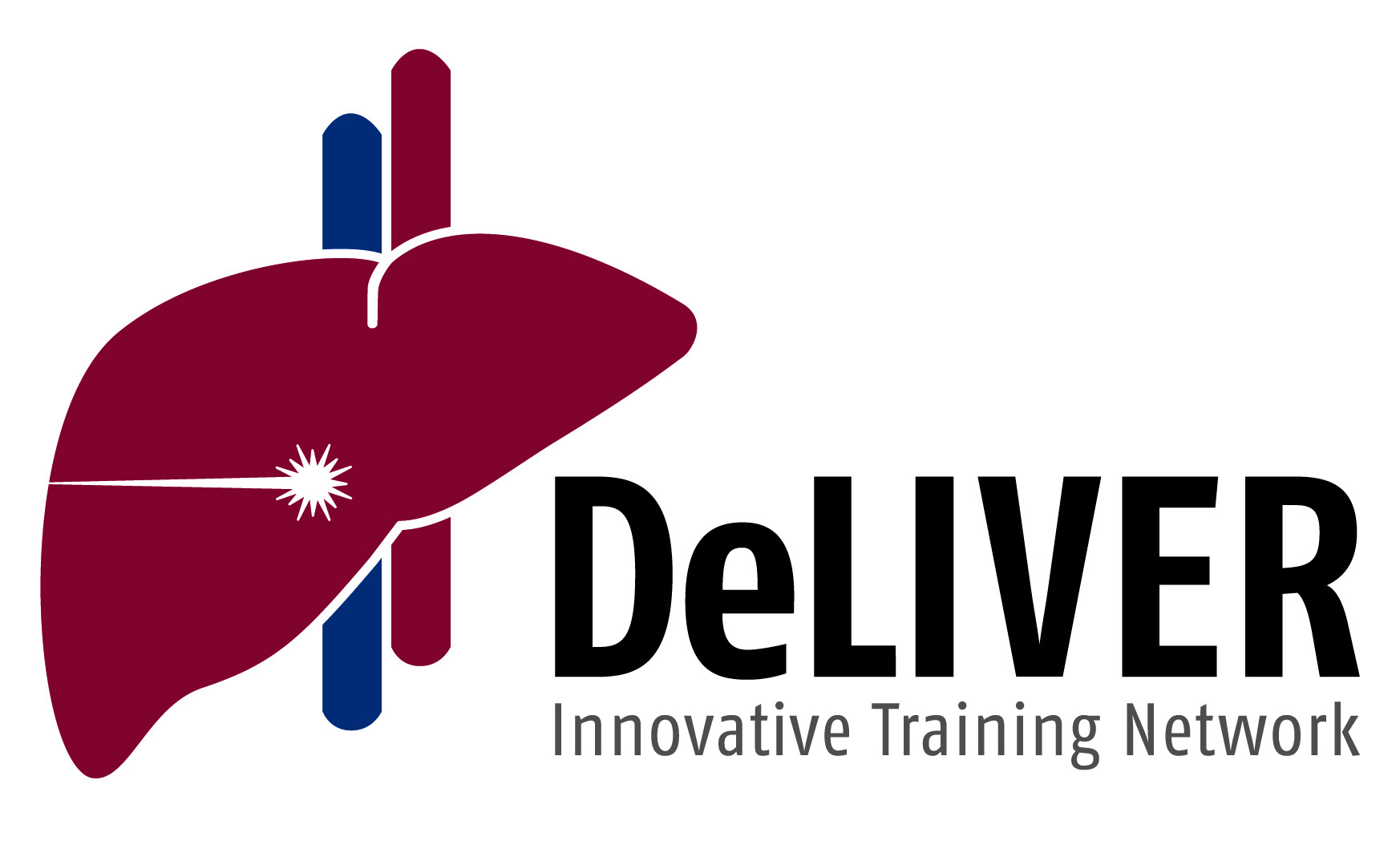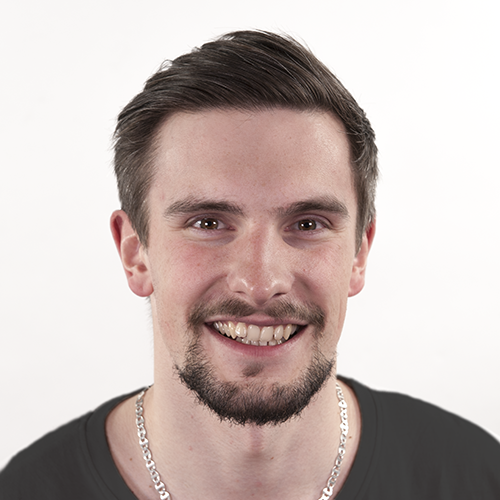|
Development of high-speed structured illumination microscopy with instant, GPU-based image reconstruction |
|
Project 1 - Jakub Pospíšil University of Bielefeld, Germany |
|
Objectives: (1) Utilize spatial light modulators and/or digital mirror devices to provide SIM pattern formation at rates of up to 60 Hz (2) extend open source SR-SIM image reconstruction software "fairSIM" to full 3D image reconstruction, port to GPUs for instant reconstruction, and implement on a low-cost platform (3) characterize structure and dynamics of fenestrated cells isolated mice, rats and humans (4) implement nonlinear SIM image reconstruction in fairSIM |
|
Expected Results: (1) fairSIM for 3D image reconstruction released as open source plug-in for Fiji (2) fairSIM ported to GPUs, running at 60 reconstructed frames/s (3) fairSIM controlling low-cost SIM system available as blueprint (4) nonlinear SIM reconstruction implemented in fairSIM |
|
Project Lead: Early Stage Researcher:
|
Jakub Pospíšil was born in Jinřichův Hradec, Czech Republic in 1990. In 2015, he received his master diploma from Communications, Multimedia and Electronics program at Faculty of Electrical Engineering (FEE), Czech Technical University (CTU) in Prague. Diploma Thesis: “Design of algorithm for segmentation of speech utterances in patients with Huntington's disease”. Jakub's main area of interest is super-resolution structured illumination fluorescence microscopy (SR-SIM) image processing and analysis for applications in cell biology. Jakub contributed to development of second generation of “SIMToolbox” – an open-source, modular set of functions for MATLAB designed for processing data acquired by structured illumination microscopy. Currently, he is particularly focused on the development of related advanced digital image processing algorithms. Jakub works on image quality assessment in structured illumination microscopy, especially on the analysis of reconstruction artifacts and assessing resolution in super-resolution reconstructed images. His main research objective in DeLIVER project is the development of high-speed structured illumination microscopy with instant, GPU-based image reconstruction. To this end, he will utilize spatial light modulators, digital mirror devices, and/or compact fiber-optic interferometers to generate interference patterns at rates of 60 Hz or more (WP1, Task 1.1). These patterns are used as excitation patterns for SR-SIM. He will also extend the existing open source SR-SIM image reconstruction software “fairSIM” to full 3D image reconstruction by porting the reconstruction algorithms to parallel-processing GPUs for instant image reconstruction. He will also attempt to implement a novel, compact SIM generation system on a low-cost microscope platform, which could be utilized for measurements during his secondments at partner sites (WP1, Tasks 1.2, 1.3). Once the development of these SR-SIM platforms is completed, he will characterize the structure and dynamics of fenestrated cells from isolated mice, rats and humans (WP1, Task 1.4). To obtain even higher spatial resolution below 100 nm, he will also attempt to implement nonlinear SIM image reconstruction algorithms in fairSIM (WP2, Task 2.1). |


